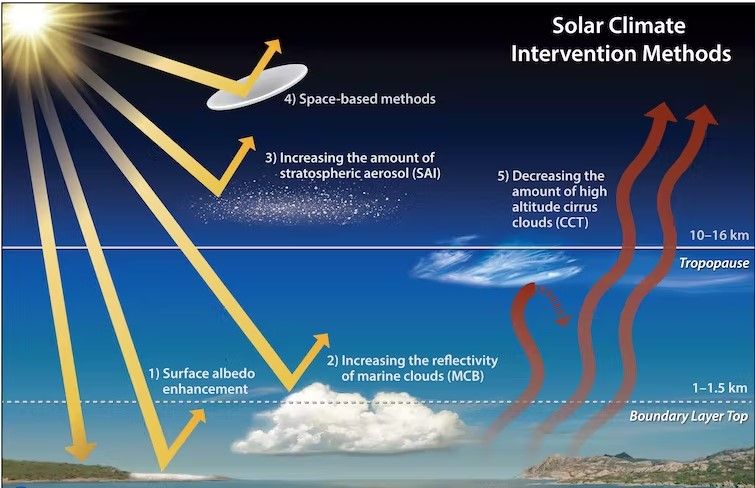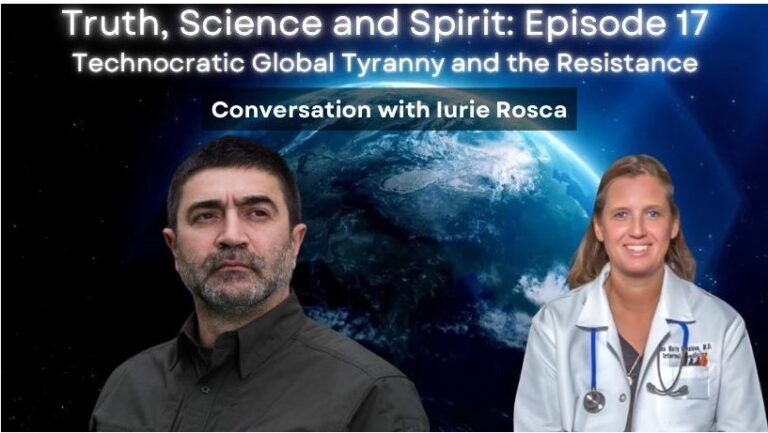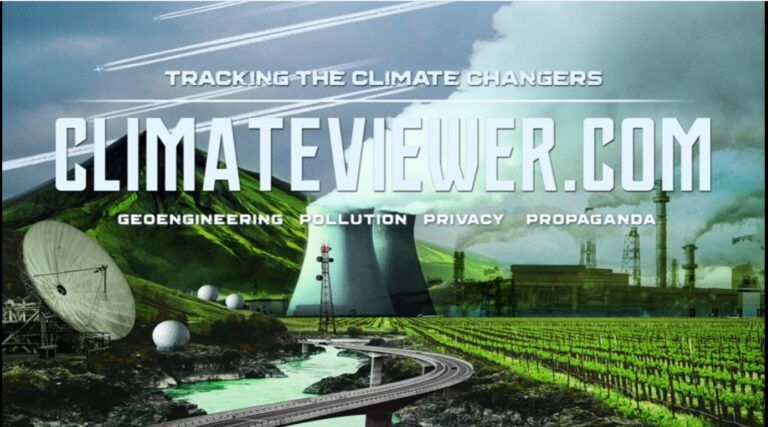Power from Space
Peter E. Glaser
President, Power From Space Consulting Co., Inc.
INTRODUCTION
For the past three decades one of the international strategic objectives for space missions has been the assessment, development and demonstration ofthe Solar Power Satellite (SPS)1 as a non-depletable and ecologically compatible source of energy.
The objective of SPS is to meet foreseeable energy demands consistent with sustainable global development and with minimum deleterious effects on the earth's ecology compared to currently used energy sources.
The SPS options, designed to convert solar energy in space and beam the power to receivers on earth, are increasingly recognized internationally as key to raising living standards worldwide. SPS utilizes wireless power transmission (WPT) which heightens its interest because of the growing acceptance of its technical feasibility, economic viability, and ability to meet projected global energy demands in the future.
Currently, the impulsive actions of our species appear to violate life's evolutionary path on this small planet. Now is the time to organize a global consensus on how best to protect the earth's ecology and to apply with prudence the energy emanating from the sun that sustains all life.
RATIONALE FOR POWER FROM SPACE
One-half of the current population will live in cities by 2000. The present migration into cities of 150,000 people per day may increase to 250,000 per day in 25 years. To achieve the goal of higher living standards, increased energy supplies that are compatible with the ecology will be required on a global scale.
***
&
38 Power From Spare
Power from space should he an integral part of global industrial!ration grmh to meet these insistent demands for higher living standards of a population, currently estimated by demographers of the UN Population Division to reach nine billion by the mid-21st century.
There are vast fossil fuel energy resources on earth but some are deep in the ivcan or so far underground that they are rwH yet — ami may never he – economical to recover. Others, like shale oil. are environmentally unacceptable because they require strip mining and huge amounts of water. Development of oil ami gait reserves will attempt to meet growing consumption at a time when more people and countries compete for limited and declining resources. The deleterious consequences on the ecology of continued increases in the use of fossil fuels are as yet not hilly determined, but indications arc that placing ever- increasing reliance on these fuels beyond several decades is not advisable.
There may also be an unprecedented shift in economic strengths during thw time period, with several emerging economics growing faster than those of nations with mature economies. The impact of these shifts will result in greatly increased consumption of available fuels. This is projected to escalate the degradation of the Earth's ecology in the next century. In addition, the finite terrestrial enern resources have already, or will in the foreseeable future, pass their peak svailabihty.
Alternative energy development paths will become dominant in the pout-2020 period because of the extended project lead times of power plants, refineries, and planned associated energy resource investments. Il is estimated that over the next three decades capital requirements in the energy sector will range betwern $13 to $20 trillion to keep pace with die growing energy use in developing countries. The latter amount approaches die total global economic output.
Currently operating energy conversion systems may not meet future energy demands in view of dicir technical, economic and societal challenges which uxlude the following:
• resource limitations of fossil fuels
• attempts to stabilize greenhouse gas concentrations in the atmosphere to prevent interference with die global climate system
• efforts to ensure dial all inputs and outputs of the energy conversion system will be usable for peacefill purposes only
• the possibility of catastrophic or long-term effects of the energy supply system on public health
• limits of terrestrial renewable energy systems to supply baseload power demands
THE SPS OPTIONS
SPS would orbit the earth to tap the inexhaustible energy of the sun; a lunar SPS could use commodity materials known to exist on the moon for construction. Both of these options would ensure the availability of unfailing, globally distributed energy for future generations, compatible with the ecology of the earth.
The technologies for gaining access to solar energy In space arc photovoltaic conversion and WPT to receiving antennas on earth. WPT is bused on the discovery of Hertzian waves, on efforts by Nikola Tesla to demonstrate this technology nearly
Peter Glaser 39
a 100 years ago, and on the work of William C. Brown, retired from the Raytheon Company, who is credited with major contributions to die development of WPT technology. The current widespread uses of WPT in the microwave spectrum for industrial and domestic applications have already demonstrated the advantages of the applicable WPT technologies which meet international exposure standards established to ensure the health and safety of the public.
Key demonstrations of WPT have been performed during the past twenty years by NASA, the Canadian Department of Communications, the Institute of Space and Astronautical Science, universities and industry in Japan, as well as several universities and research institutes in China, Europe, India, Russia, and Ukraine.
The first international meeting on SPS, organized by the International Microwave Power Institute, was held in 1970 in The Netherlands. Frequent meetings were held during the NASA and Department of Energy Satellite Power System Concept Development and Evaluation Program, at International Astronautical Congresses, and in conjunction with national and international professional society meetings.
Recent conferences devoted to space power systems were held at WPT '91 in Paris, WPT '95 in Kobe, Japan, and WPT '97 in Montreal, Canada. As a result of international contributions to this field, an extensive literature on SPS and space power systems is available.
ASSESSMENT OF TECHNICAL, ECONOMIC, AND SOCIETAL ISSUES The results of assessments by NASA and the Department of Energy performed from 1975 to 1980 concluded: “No single constraint was identified which would preclude the development of the SPS option for either technical, economic, environmental, or societal reasons. ”
Although SPS development and construction represent a major challenge to industry, there is growing confidence that given the resources to be expended for conventional power plant construction projects globally (up to $20 trillion by 2025), a global system could begin operation by that time and be competitive when several, widely recognized environmental costs are accounted for.
An approach to developing SPS can be devised that identifies the required generic technologies and their application to specific projects. The “terracing” of SPS projects would reduce the challenges typically associated with macro engineering projects, including control of the project, effects of technical uncertainties on feasibility, maintenance of investor confidence in the project, effective reduction of potentially negative environmental impacts at all stages of the project, and the early identification of any obstacles that would affect schedule and
cost.
The increasing capabilities needed to plan, control, and manage large and complex space projects, such as the international space station, high-performance and lower-cost space transportation systems, and global communication satellite networks, will be applicable to SPS development, construction, and operation.
A variety of development projects completed at successive “terrace levels” of increasing scope and complexity may include point-to-point WPT over limited distances on earth, high-altitude long-endurance aircraft and dirigibles, and power relay satellites. The lessons learned will apply to SPS in earth orbits and on the
Power From Spar*
lunar ratface. Thcw projects will be essential to achieving reliable and effective operations, selecting the most appropriate technologies, complying with applicable standards, regulations and laws protecting the public and the environment. anti obtaining the required investment funds from public and private sources The
'terracing* approach would increase the confidence of the public and of potential investors dial these systems will meet agreed-upon performance requirements SPS will have to be designed and opcratol in compliance with the existing international legal and regulatory framework ” They will have to comply with
microwave frequency assignments, orbit position assignments, controlled debris generation in orbit, and peaceful operations – and be in compliance with the regulations of the International Telecommunications Union, a specialized agency of the United Nations established by treaty between 163 member nations.
Furthermore, the United Nations space law has become 'the supreme law nf the land* through treaties ratified by member states. A major provision requires that space activities be carried out for the benefit of all states. The implementation of SPS projects will be eased as applicable technologies continue to be evaluated, developed, and demonstrated by the growing number of groups at umveruoes. government agencies, and industry in many countries. Although the organization of an international entity to supply power globally is still in the future, consideration is being given to such a possibility because of the global scale encompassed by SPS.
Electric utilities can assess, as part of their planning efforts, how and when the availability of power from space would influence future expansion plaits These efforts are vital in view ofthe challenges posed by the inevitable increase in demands to supply electric power for sustainable development in an urbanizing world.
Societal acceptance of SPS will be of crucial importance. More information on SPS is becoming available internationally and is accessible to the public. This win enable judgments to be made regarding the significance of this option which could meet future global power requirements without incurring the ecological risks associated with other currently known power generation options.
Providing the required globally distributed power, SPS may also enable the creation of the “hydrogen economy” based on the electrolysis of water. At some future time die power generated by SPS may also permit powerful lasers to change the trajectory of comets and asteroids to avoid their potential impacts with earth.
CONCLUSION
The goal to meet near-term pressing economic development requirements should be pursued in parallel with planning and implementing a sustainable future for humanity. Meeting tins goal will require effective management of both terrestrial and extraterrestrial energy sources on an unprecedented scale to meet projected energy demands.
Challenges to the development of extraterrestrial energy and materials resources are formidable. International efforts are already underway and will be required over a period of decades to make the transition front current to 21st century energy production methods.
The interdependence of the earth's ecology is being threatened by the impulsive actions of humans, if past actions are a prologue to the expanded uses of present energy sources. While parts of the solution to meet global energy needs may already
exist, all cunent energy sources have specific drawbacks that limit their expansion on a scale that is now seen as essential. Gaining access to the inexhaustible energy of the sun will ensure that all foreseeable global demands can be met.
Significant changes in the global economy favor future SPS macro- engineering projects:
• Commercial markets for the space industry have come of age. This year, commercial revenues exceeded government revenues in the U.S. for the first time. Billions of dollars are being raised for new space ventures.
• Private sector capitalization for SPS projects is now more viable, especially given the widely recognized need for renewable energy sources and continuing technological advances applicable to SPS.
• Initial investments would approach those of telecommunication satellites. Once the SPS technologies have been demonstrated in pilot projects, SPS could start generating power after five years.
• This investment and development stage (10-15 years) would require the coordinated efforts of government space agencies, aerospace companies, global installations by A&E firms, power utilities, and cooperative international efforts.
Now is the time to select the most desirable power generation options including terrestrial renewable energy sources and SPS before commitments are made that would result in unsustainable global development. WPT to access power from terrestrial renewable sources and from solar energy in space will ensure that the benefits ofplacing increasing reliance on solar energy will sustain life on earth.
“It may be that in the future, man will be indifferent to stars except as spectacles, but if (and this seems more probable) energy is still needed, the stars cannot be allowed to continue in their old way, but will be turned into efficient heat engines.
Power From Space
NOTES
Glaser, P.B., “Power from the Sun: Its Future,” Science. Vol. 22 November 1968, pp. 857*861.
Subcommittee on Global Change Research, National Science and Technology Council, “Our Changing Planet * The FY 1998 U.S. Global Change Research Program*. Office of Science and Technology Policy, Executive Office of (he President, Washington, DC.
Mankins, J.C., “Space Solar Power: A Fresh Look at the Feasibility of Generating Solar Power in Space for Use on Earth,” NASA, April 4, 1997, Report No.SAIC-97/1005.
Duncan, R.C., “The World Petroleum Life-Cycle: Encircling The Production Peak,” Space Manufacturing 11, The Challenge of Space: Past and Future. Space Studies Institute, Princeton, NJ, 1997, p. 275.
De Laurier et al, “Research on the Technology of an Airplane Concept of a Stationary High-Altitude Relay Platform (SHARP)”, presented at the 32nd Annual Meeting of the Canadian Aeronautics and Space Institute for Aerospace Studies, University ofToronto, Montreal, Canada, May 1985.
Glaser, P.E., “The Power Relay Satellite,” Plenary Lecture, 44th Congress of the International Astronautical Federation, October 16-22, 1993, Graz, Austria.
Criswell, D.R. “Lunar Power System: Research Results and Needs.” Proceedings of SPS Conference, August 24-28, 1997, Montreal; Canadian Aeronautics and Space Institute and Société de Electriciens et Electroniciens de France, Ottawa, Canada. ISBN,0-920203-18-3.
Galloway, E. “The Legal and Regulatory Framework for Solar Power Satellites”. In: Glaser, Davidson & Csigi (eds.), Solar Power Satellites – A Space Energy System for Earth, 2nd edition. Chichester, England: John Wiley & Sons Ltd, 1998, pp. 425-439.
Akiba, R. et al., “International Space Year – Microwave Energy Transmission in Space Rocket Experiment,” Institute of Space and Astronautical Science, Report No. 652, September 1993, Kanagawa, Japan.
Institute of Space and Astronautical Science Task Team Members (47), and NED, Toshiba Corp., Taisei Corp, Nissan Motor Co., Japan Aircraft Mfg. Co., Sharp Corp., Sanyo Electric Co., Hazama Corp., Chubu Electric Power Co., Ozaki Co., and Arianspace, “SPS 2000 Project Concept – A Strawman SPS System.,” July 30, 1993.
Guo-Chin, L., “The Chinese View Concerning Power From Space – Prospects For The 21st Century,” IAF-96-R.2.01, Shanghai Institute of Space Power Sources, Shanghai, China, 47th International Astronautical Congress October 7-11,1996, Beijing, China.
Peter Glaser
prisniakov, V.F. et al, “Solar Power Satellite in the Composition of an Orbital Research Complex,” Dnepropetrovsk State University, Ukraine, Proceedings of SPS 1997 Conference, August 24-28, Montreal, Canada, ISBN 0-920203-18-3.
10. Bemal, J.D. The World, the Flesh and the Devil. Indiana University Press, ' 1969, p .28.
IF
w. * » , -•
MACRO-ENGINEERING AND THE EARTH
World Projects for the Year 2000 and Beyond
A FESTSCHRIFT IN HONOUR OF FRANK DA VIDSON ÜWC Kitzinger, CBE President International Association of Macro-Engineering Societies and I First President of Templeton College, Oxford
Ernst G. Frankel Professor of Ocean Engineering, Massachusetts Institute of Technology, I Cambridge, Mass
This book delivers a wealth of ideas, comments and projects on energy, communications, transport, management, human resources, and financial and legal Issues which macro-engineering can contribute towards the solution of the Earth's environmental problems. Some twenty engineers and scholars I identify problems in tlic next century whose solutions call for international political planning and a
more collaborative, peaceful and prosperous world order.
Imaginative concepts employ forward thinking for applying technology in revolutionary projects. The book presents results ofresearch on a triple helical turbine capable of extracting vast amounts of energy from slow-moving water, an invention which could harness rivers and ocean currents, rendering high dams (with their political, social and ecological implications) redundant. These turbines arc already in mass production in the USA for use in the Gulf Stream to produce energy and hydrogen fuel, and can also be used to harness power from the wind.
Another project, for which the technology is already available, will harvest solar energy by satellites stationed beyond our atmosphere and beam it to the Earth; and yet another calls for planetary defence of Earth against asteroid collisions. The environmental section discusses large projects for changing our climate, planning and costing for a sub-Mcditcrrancan aqueduct connecting the River Rhone in France with Algeria, and plans for intensive fish farming of the oceans. The role of satellites includes telemedicine, and there arc Swiss plans for further tunnelling through the Alps. Project management sections include the formation of a military-civilian conservation corps, financial and legal issues, macro-projects in China, and a forecast of 21st century macro-problems.
CONTENTS
1 Turbines with a Twist 2 Power from Space 3 Electricity Development 4 Saving the Earth –the Whole Earth 5 Large Climate Changing Projects 6 A Sustainable Global City 7 A New Urban Model 8 World Water Supply 9 A Rhone-Algeria Aqueduct 10 Ocean Farming II World-Scale Seamless Transportation 12 An Asia-Europe Railway and a Middle-East Island 13 Swiss Alpine Tunnel Projects 14 Satellites in World Communications 15 Military & Civilian Telemedicine 16 Starting a Macro-Project on the Right Foot 17 Collaborative Leadership 18 High-performance Partnering Practices 19 Military-Civilian Corps 20 Prime Contracting: Profit with Peril? 21 Knowledge Networking 22 Concepts of Eminent Domain 23 Macro-Concepts in China 24 Challenges for the Twenty-first Century
READERSHIP: Electronic, mechanical, civil, ocean and transportation engineers, space scientists, political scientists.
COVER DESIGN: The design shows a helical turbine in a water-sealed chamber which can rivers and ocean currents for extracting vast amounts of energy. Design by Jim Wilkie.
ISBN 1-898563-59-4
The Horwood publishing colophon, the
work of an unknown medieval artist, was
part of the Seal of the Mayor of
Chichester in AD 1502













+ There are no comments
Add yours